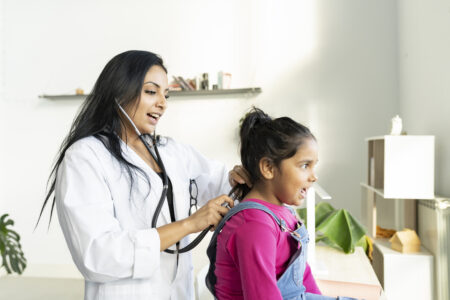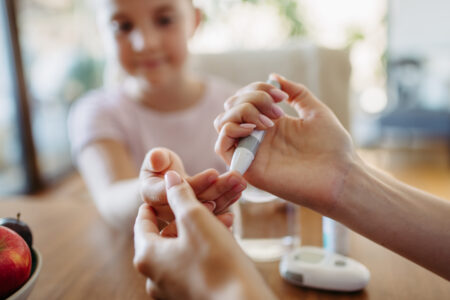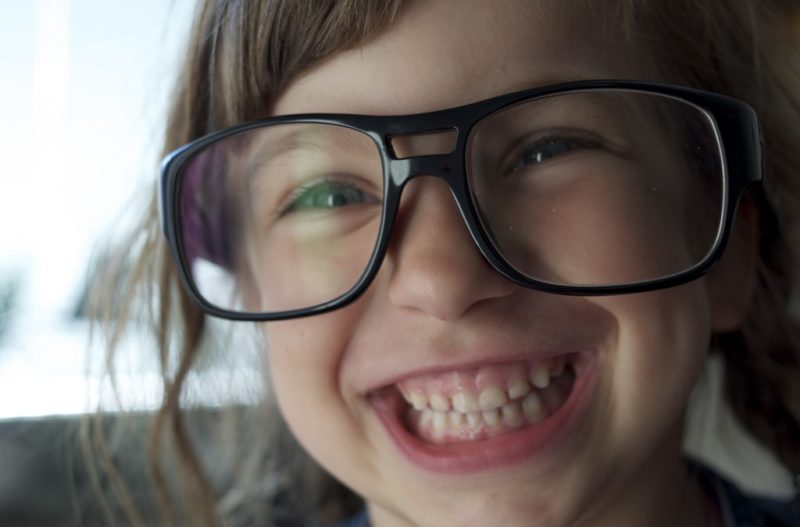
Share On Social!
Latino children are less likely to have their vision tested compared to their peers.
From 2016 to 2017, only 58.6% of Latino children ages 3 to 5 had taken a vision test from a health professional, according to new CDC data.
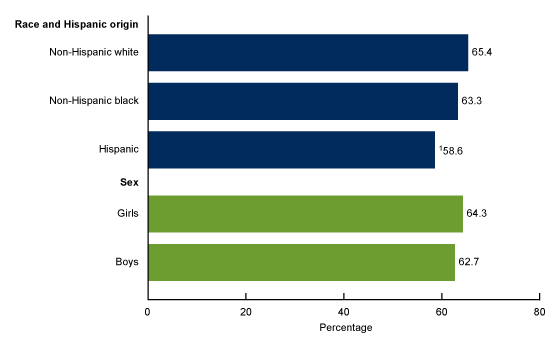 “Childhood vision screenings may provide early detection of vision disorders and opportunities for subsequent treatment,” the authors say.
“Childhood vision screenings may provide early detection of vision disorders and opportunities for subsequent treatment,” the authors say.
Latino Eye Health Risk Factors
In addition to Latino disparities, screening rates also were affected by differences in socioeconomic status, parental education, and healthcare access:
- Children living in families with incomes below 200% of the federal poverty level were about 10% less likely to have their vision tested.
- Children whose parents had the equivalent of a high school diploma or less were almost 20% less likely to have their vision tested compared to those whose parents held a bachelor’s degree or higher.
- Compared to those with private health insurance coverage, uninsured children were over 40% less likely to have been screened.
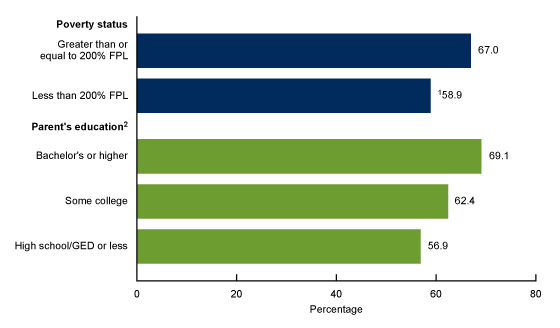
Each of these factors pose an extra risk for Latino families.
Structural racism has resulted in a failure to enroll and graduate Latinos in public colleges and university across the nation. From 2017 to 2018, Latino kids saw the sharpest rise in uninsured rates compared to other races/ethnicities.
Poverty rates are higher for Latino children than their white peers. As studies found earlier this year, this issue does not just come from unemployment.
“These children tend to reside in households with high employment and stable incomes, [but] their parents may not have employment benefits or receive government benefits,” Lisa A. Gennetian, of Duke University’s Sanford School of Public Policy, told NBC News. “[This] affects the economic mobility of the family.”
We Care About Eye Care for All
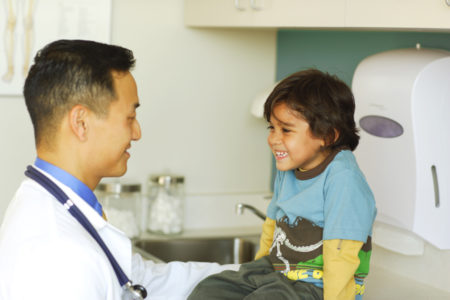
Latinos already have some of the highest rates of visual impairment and blindness, so early detection and action are key.
Here are four ways to get started:
Get your kids an eye exam. The United States Preventive Service Task Force recommends for all children aged 3 to 5 years to receive at least one vision screening to detect amblyopia (lazy eye) or its risk factors.
Know your family’s eye health history. Many eye conditions can be hereditary, so it’s important to talk to your family about your children’s risks. Some conditions can also indirectly affect eye health. For example, diabetes can lead to vision loss or even blindness, and 1 in 2 Latinos are at risk for developing type 2 diabetes at some point in their lifetime.
Eating right can protect your sight. Diets full of fruits, dark leafy green vegetables, and fish like salmon and tuna are important for eye health.
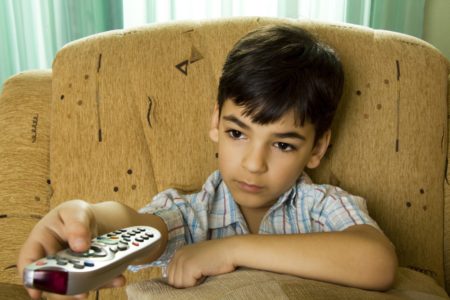
Make sure your children’s eyes get a break. With the rise of technology, eye fatigue has become a big issue among kids. Teach them the 20-20-20 rule: Every 20 minutes, they should look at a point about 20 feet away from the screen for 20 seconds. Parents should also look out for signs of eyes issues like frequent eye-rubbing or sitting close to the TV.
More on Latino Eye Health
The National Eye Institute (NEI) has many resources for maintaining healthy eyes.
For example, check out these seven vital eye health tips for glaucoma, which is more prevalent among Latinos. They also have many resources for kids.
“The ¡Ojo con su visión! initiative can help you spread the word about eye health among Hispanics and Latinos in your community,” according to the NEI website. “You can help prevent vision loss and blindness!”
Learn more about keeping your kids healthy!
By The Numbers
142
Percent
Expected rise in Latino cancer cases in coming years

